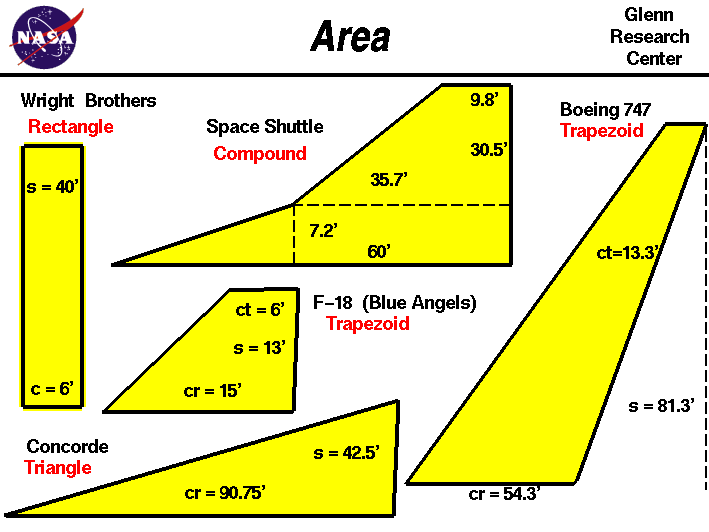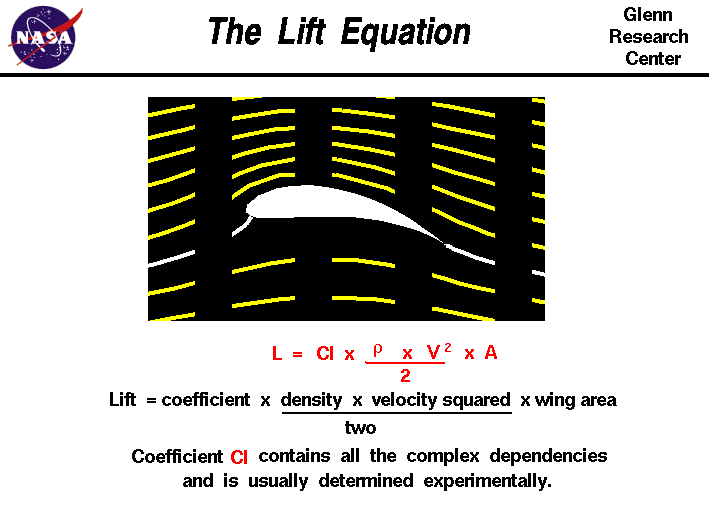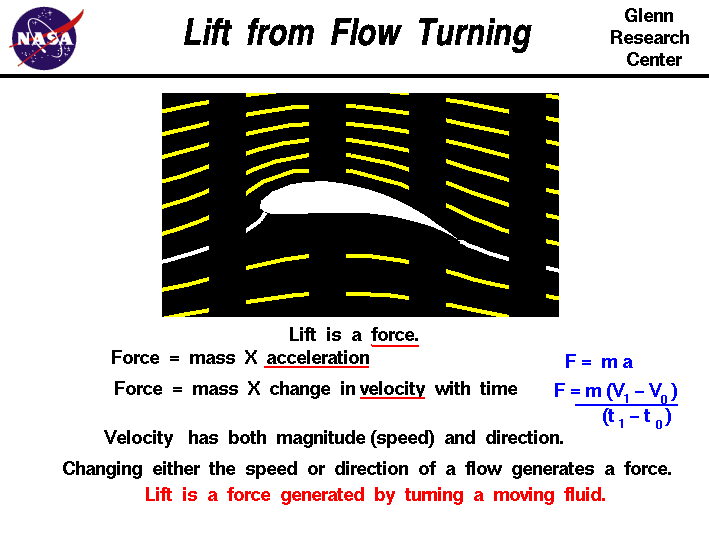
On the slide we have listed the formula to calculate the area of a variety of shapes: The area of a rectangle is equal to the height h times the base b;
A = h * b
The equation for the area of a trapezoid is one half the sum of the top t and bottom b times the height h;
A = h * [ t + b ] / 2
The area of a triangle is equal to one half of the base b times the height h;
A = .5 * b * h
Some fins are elliptically shaped. For an ellipse with a semi-axis a and semi-axis b, the area is given by:
A = pi * a * b
where pi is the ratio of the circumference to the diameter of a circle and is equal to 3.1415. A special case of the ellipse is a circle, in which the semi-axis is equal to the radius r. The area of a circle is:
A = pi * r^2
If the root of an elliptical fin is given by cr and the distance from the root to the tip is given by ct, the area of the fin is:
A = pi * cr *ct
For a compound configuration like the Space Shuttle, you have to break up the wing into simple shapes which you can compute, and then add them to
[/FONT]




